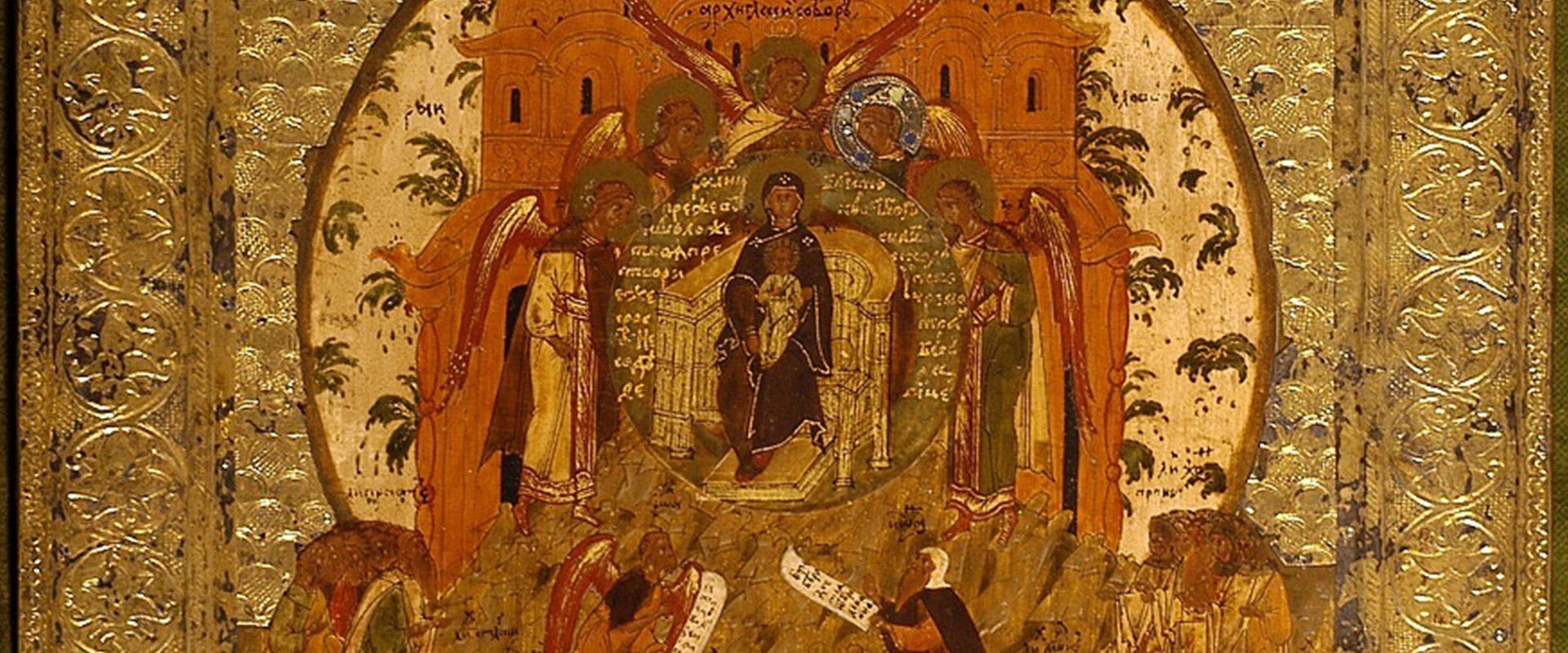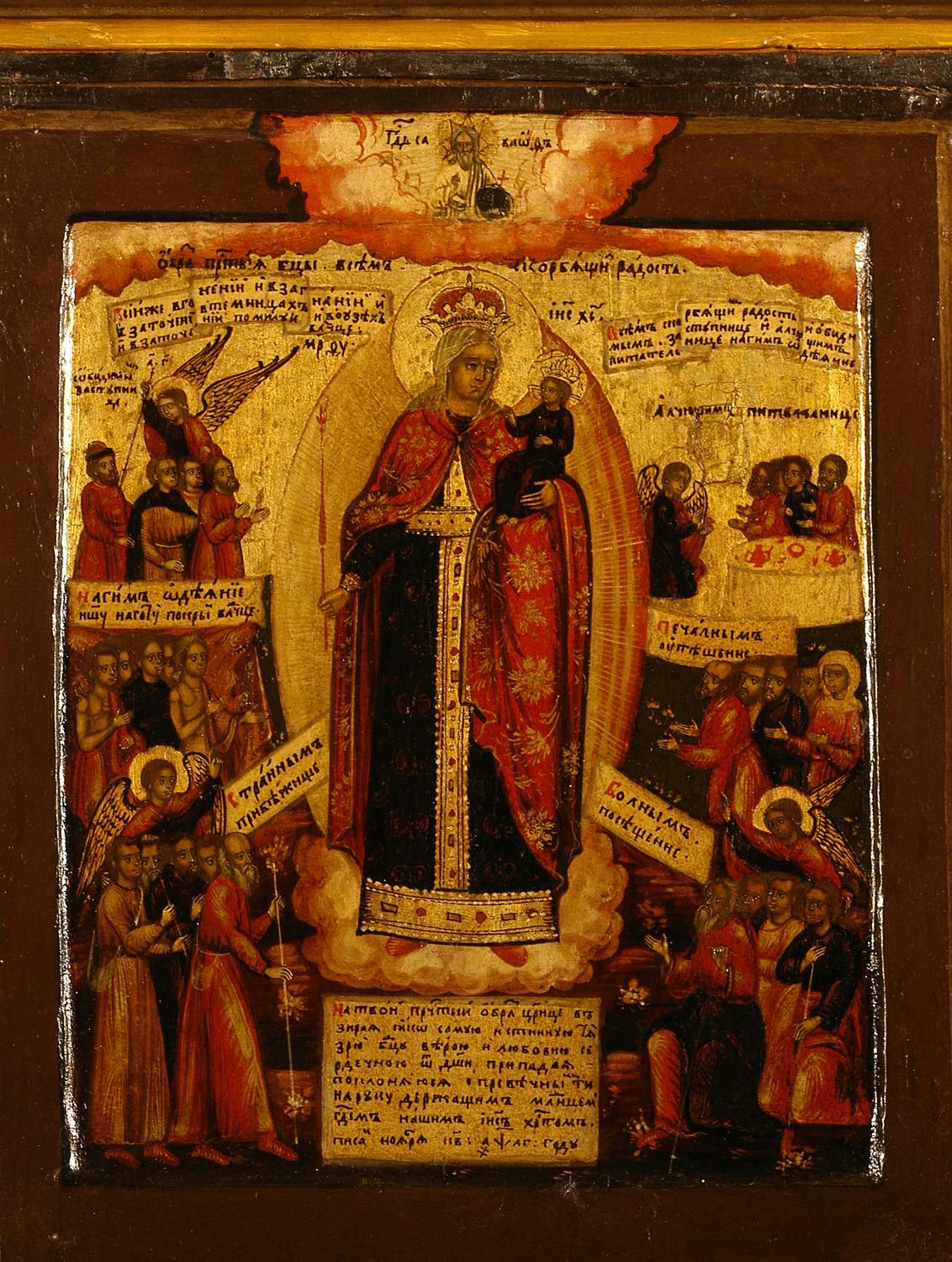The collections of Icons at Pitti Palace
The only historical collection of 78 icons in Italy will be exhibited permanently for the first time on the ground floor of the grand-ducal palace.
The religious art of Great Mother Russia will have its own dedicated space in the heart of Florence, in the grand-ducal Pitti Palace. The historical set of 78 sacred icons collected in Florence by the Medici and above all the Lorraine families during the 18th and 19th centuries will go on display in a permanent exhibition for the first time. The collection will be housed in four large rooms facing on to the courtyard on the ground floor of the Pitti Palace, decorated with seventeenth-century frescoes: when the construction works are completed, hopefully by Christmas, the rooms will become part of the standard visitor itinerary of the former palace. In the adjacent spaces, visitors will also be able to visit the Palatine Chapel, with Luigi Ademollo’s nineteenth-century frescoes, open all week to the public. The director of the Uffizi Gallery, Eike Schmidt, presented the project in Moscow, during an international conference.
The collection of 78 icons constitutes the most ancient collection of this genre in the world outside Russia; a consistent part of the collection can be dated to the second quarter of the 18th Century. It is not known when these Russian icons came to Italy and how they got there. However, we do know that they were already in Florence in 1761: they may have been a gift from an ambassador to the grand duke or, more likely, a homage from the orthodox community of Livorno to Francis I, who had authorized the construction of the orthodox Trinity church in the city, between 1757 and 1760. After various vicissitudes and transfers, in 2013 the valuable collection was once again moved to the Uffizi Gallery, where it was shown in an exhibition during the Christmas season in 2014. The most ancient specimens of the collection are the icon portraying the Mother of God, known as “Each creature rejoices in you”, and the one depicting the Beheading of St John the Baptist. Their arrival in Florence is not linked to the Lorraine collections but rather to those of the Medici family. In fact, as early as in 1639 the two icons were already part of a set of liturgical objects stored in the Vestiges chapel of the Pitti Palace, during the rule of Ferdinand II de’ Medici and his wife Vittoria della Rovere.
“A common thread has always united Russia and Italy, and particularly Florence, throughout history – explains the director of the Uffizi Gallery Eike Schmidt – For example, the Demidoff family commissioned the construction of their magnificent villa on the ruins of the Medicean residence in Pratolino. And an inscription on a building in Piazza Pitti, in front of the palace of the grand duke reminds us that here, in January 1869, Fedor Dostoevsky completed his masterpiece ‘The idiot’. The Uffizi Gallery’s important collection of icons, which has no less than 78 pieces, is a precocious testimony of this bond, and now, at last, for the very first time, it can be admired in all its splendor – and entirety – by tourists from all over the world”.
The rooms that will house the Russian icons have never been fully and permanently open to the public. The beauty of the walls and ceilings decorated with frescoes in the 17th century will be highlighted by the set-up curated by architect Mauro Linari, who has designed a pathway with very subtle display cases, which blend in seamlessly with the environment. From December on, after the official opening, the Gallery will also open another space to the public, previously only sporadically accessible during special events and occasions: the Palatine Chapel, with its nineteenth-century frescoes by Luigi Ademollo and its ancient organ. It will therefore offer a striking combination of Catholic tradition and the mystical images of the Orthodox cult, visible in the adjacent suites.

